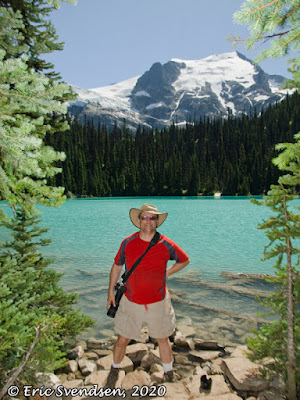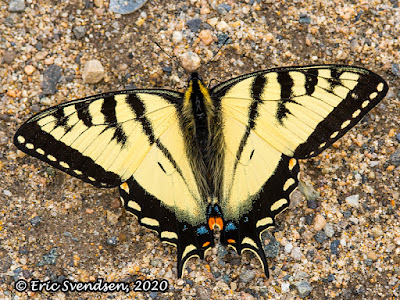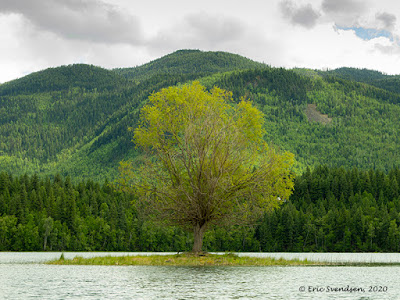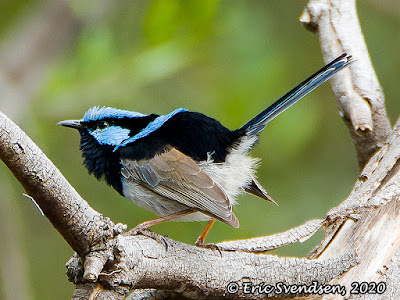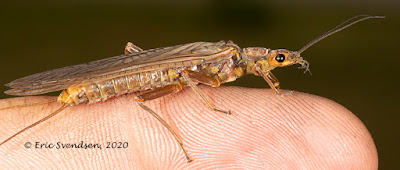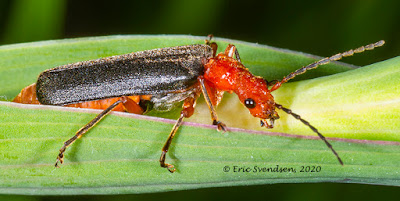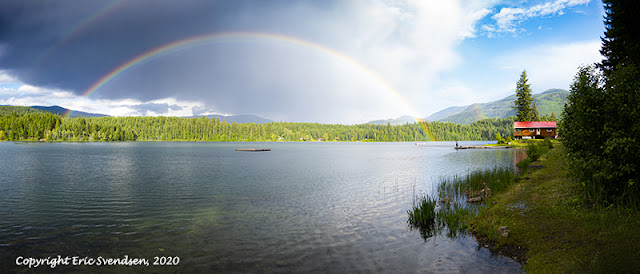Identifying birds - The Chipping Sparrow

Chipping sparrow on a log. Notice the dark eye stripe and rusty cap. "How do you know what bird it is?" I often get asked. First off, I can't claim to know all the birds I see, but over time I have come to learn quite a few of them. There are a number of things that are invaluable when identifying birds. Below is a list of some of the most basic ones. 1. Know the types of birds by sight. This is hugely important because it allows you to go from a thousand possible species down to a manageable number. Size, shape, colour, and behaviour all go a long way to helping with this. Most people can identify basic bird types like hummingbirds, seagulls, and crows. There are many more than this of course. The website whatbird.com is an excellent place to learn many aspects of birding. Go to this page to see the different families of birds. 2. Know basic bird external anatomy . This may seem silly, but it ...
